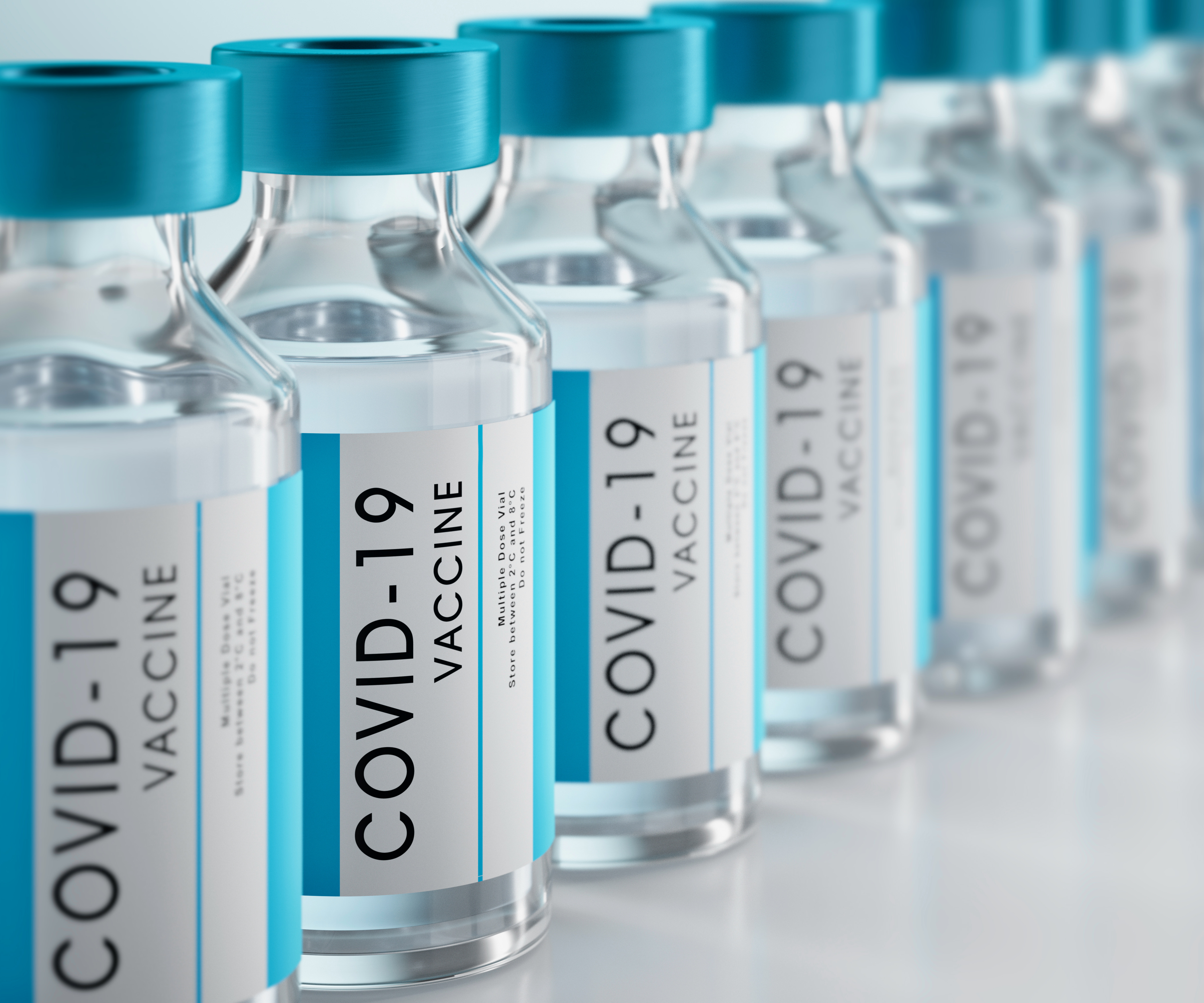ACHIEVING A TIMELY VACCINE FOR COVID-19
Bob Brunham | May 25, 2020
SARS CoV-2, the causative agent of the disease COVD-19 abruptly emerged in December 2019 in Wuhan, China and due to its respiratory route of transmission has spread globally infecting millions and causing hundreds of thousands of deaths. In worst affected areas COVID-19 has overwhelmed the capacity of heath care systems to provide care. While public heath interventions involving case identification, isolation, contact tracing and quarantine have contained virus transmission, the failure to indentify all infected persons has resulted in community spread and necessitated society-wide physical distancing and stay at home messages. In aggregate these measures have slowed virus transmission but at staggering costs to the economy. Without an economy society cannot stand. A vaccine is our best solution to COVID-19.
Our best roadmap to understanding the future of COVID-19 is the 1918 influenza pandemic, where three waves of infection swept the globe. The initial or herald wave swept the world during demobilization following WW1 and was followed by a slowing of disease activity, possibly due to societal responses and seasonal influences. However, the following winter there was a secondary global wave of infectious outbreaks, resulting in over 30 million deaths. Only when population levels of immunity begun to accumulate in 1919 did natural barriers to transmission arise. However, since then tertiary waves of influenza have rippled through partially immune populations as annual cycles of H1N1.
We do not need to let this happen with COVID-19. Currently we are in the herald wave and it is essential that we prepare for the second wave now. If we wish to significantly reduce the impact we cannot wait for infection induced herd immunity to accumulate to limit spread: we need to produce an effective vaccine, and we have a 8 to 10 month window to do so. Thanks to many scientific advances since 1918 we are much better equipped to combat COVID-19, in part because of previous experience with developing vaccines and that while the virus has spread globally an analysis of the genome from thousands of isolates has shown that there have been very few mutations. This makes it a much more stable target for immunization than influenza.
The reproduction number for COVID-19, (the average number of people a single infected individual infects over the course of their infection) in a susceptible population lies between three and four. Thus, for infection induced herd immunity to be effective against COVID-19 transmission it would require that 67-75% of the population are immune. Current serological studies, mainly in the United States, suggest that <20%of the population have been infected which underlines the importance of an effective vaccine. Consequently, achieving a timely vaccine is perhaps the world’s most important scientific goal as the normally cited 12 to 18 month timeframe is not aligned with the true societal need given we need a vaccine for this winter season.
Why is the timeframe so long? Multiple bottlenecks in vaccine development exist but a close examination of the dozens of approaches used shows a critical limitation: Most have not been used for human vaccines. Five technologies involving inactivated, attenuated, protein based, conjugate and virus like particle vaccines have been used to develop human vaccines, and have known safety and efficacy profiles. Furthermore, the manufacturing infrastructure for their production already exists. The most common experimental approaches being used for COVID-19 include the development of nucleic acid (RNA and DNA), novel viral vector ( adenovirus is one example) and synthetic peptide vaccines, none of which are currently used for routinely administered human vaccines. As a consequence their application to COVID-19 will necessitate a longer development timeframe to ensure safety and efficacy and will involve a more difficult route to manufacture.
Comparing the established to experimental vaccine technologies suggests that in the face of a pandemic, where time is of the essence, resources for established vaccine technologies should be prioritized. A successful first generation vaccine can subsequently improved with more experimental techniques. Given our earlier experience with producing SARS vaccines we believe that using existing technologies, such as an inactivated virus vaccine or spike protein based vaccine, will allow us to identify and manufacture an effective product by this winter. Such a vaccine can proceed quickly though phase 1 and 2 trials to ensure safety and immunogenicity because of the established track record of the technology and proceed quickly to phase three trials in health care workers for the winter respiratory virus season. As with all vaccine early phase clinical trials will need to carefully exclude potential harmful effects such as disease enhancing antibody or cellular immune responses. In the first four months after the initial identification of COVID-19 China has already reported the preclinical development of an inactivated vaccine which was highly protective without harmful vaccine side effects in primate models of infection and which may enter human trials soon. Such an approach should be national strategic effort in Canada mobilizing scientist and biotechnologists for a made-in-Canada vaccine.



